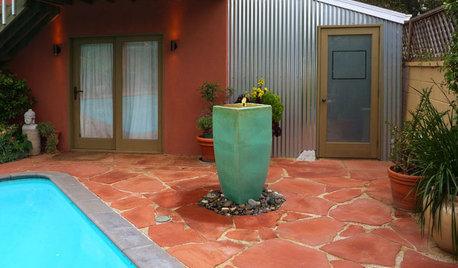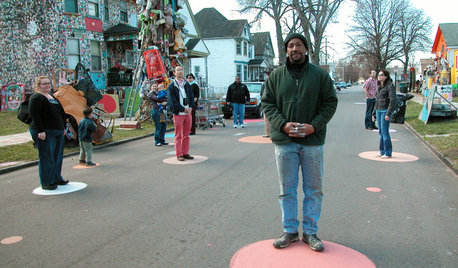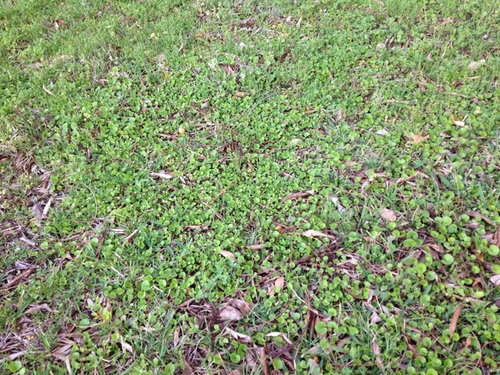Please help me revitalize my lawn
katfromcowtown
11 years ago
Related Stories

DECORATING GUIDESPlease Touch: Texture Makes Rooms Spring to Life
Great design stimulates all the senses, including touch. Check out these great uses of texture, then let your fingers do the walking
Full Story
BEFORE AND AFTERSMore Room, Please: 5 Spectacularly Converted Garages
Design — and the desire for more space — turns humble garages into gracious living rooms
Full Story
EARTH DAYThe Case for Losing the Traditional Lawn
Work less, help the environment and foster connections by just saying no to typical turf
Full Story
GARDENING GUIDESHow to Plant a New Lawn From Sod
Take the quick-start route to turf with sod; these installation guidelines will help ensure a healthy and long-lasting lawn
Full Story
ORGANIZINGDo It for the Kids! A Few Routines Help a Home Run More Smoothly
Not a Naturally Organized person? These tips can help you tackle the onslaught of papers, meals, laundry — and even help you find your keys
Full Story
GRASSESHow to Rock a Lawn
Weekend Project: The key to healthy grass begins with the soil. If turf works for you, here’s how to fix it and keep it looking its best
Full Story
MOST POPULAR9 Real Ways You Can Help After a House Fire
Suggestions from someone who lost her home to fire — and experienced the staggering generosity of community
Full Story
PETSHow to Help Your Dog Be a Good Neighbor
Good fences certainly help, but be sure to introduce your pup to the neighbors and check in from time to time
Full Story
FUN HOUZZDecorated Houses Help Save a Detroit Neighborhood
Art's a start for an inner-city community working to stave off urban blight and kindle a renaissance
Full Story









mjp_80
katfromcowtownOriginal Author
Related Professionals
Allentown Landscape Architects & Landscape Designers · Waunakee Landscape Architects & Landscape Designers · West Chester Landscape Architects & Landscape Designers · Brooklyn Center Landscape Architects & Landscape Designers · Anderson Landscape Contractors · Bedford Landscape Contractors · Centereach Landscape Contractors · Coram Landscape Contractors · Dickinson Landscape Contractors · Dudley Landscape Contractors · Galt Landscape Contractors · North Ridgeville Landscape Contractors · Severna Park Landscape Contractors · Suisun City Landscape Contractors · West Hollywood Swimming Pool Buildersneilaz
dchall_san_antonio
katfromcowtownOriginal Author
dchall_san_antonio